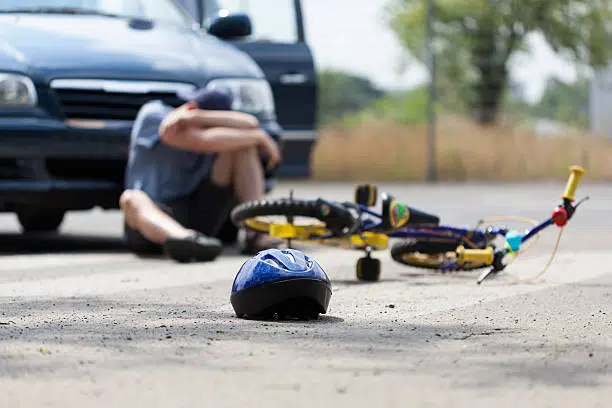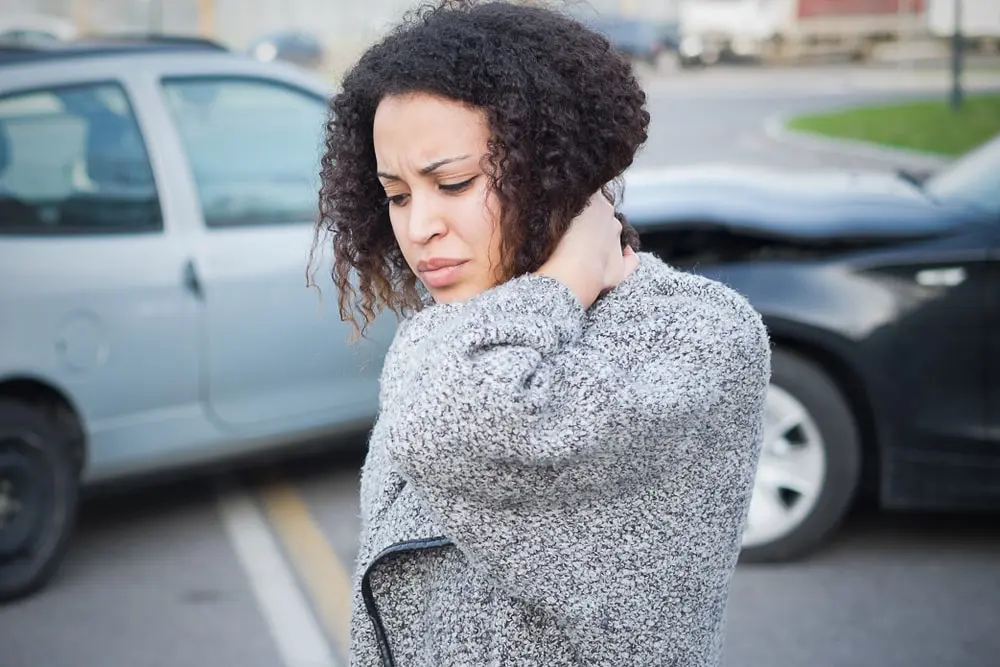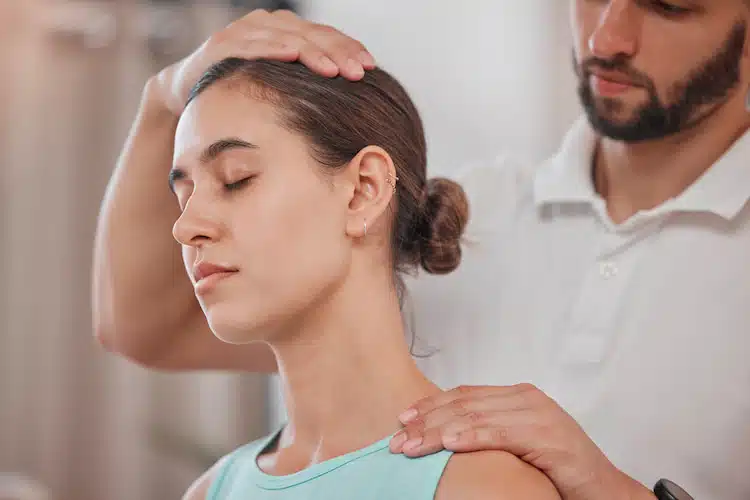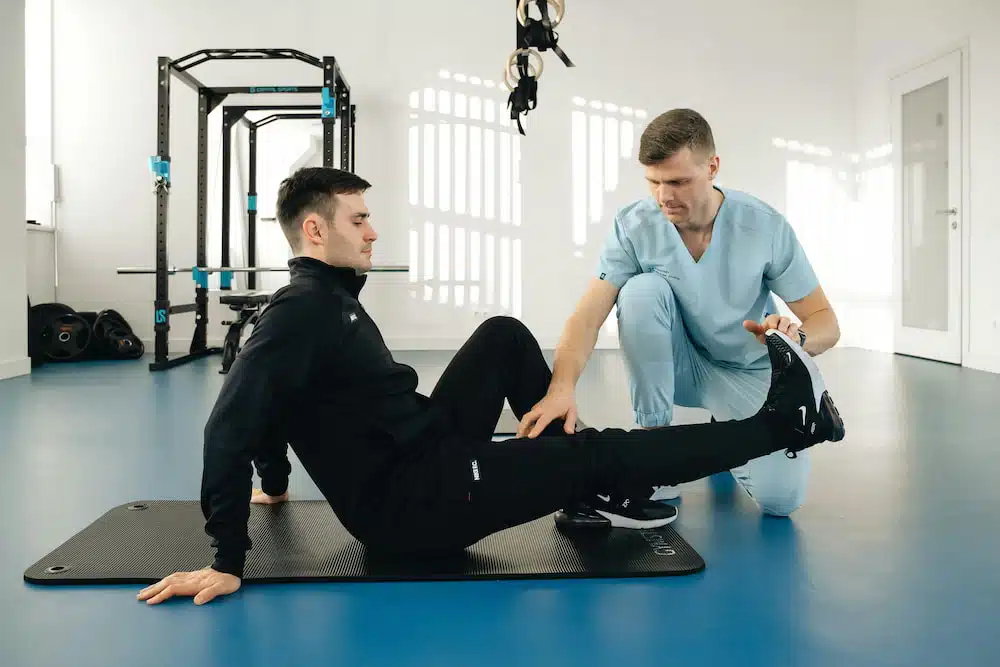Accidents can happen in the blink of an eye, leaving behind damage and injuries. In the USA alone, there are over 25 million emergency department visits for accidents or unintentional injuries. From car collisions to falls and workplace mishaps, these can lead to various injuries and long-term complications.
Physical therapy for accident recovery can help you regain strength, improve flexibility, and restore functionality. Read on and explore the common injuries treated with physical therapy after an accident and how it can aid you in a speedy and lasting recovery.
Whiplash and Neck Injuries
Whiplash occurs when the head gets suddenly jolted backward and forward, typically in a rear-end auto collision. This rapid back-and-forth movement can stretch and tear the neck's muscles, ligaments, and tendons, leading to the following symptoms:
Seeking treatment immediately after an accident can help you recover faster and prevent long-term issues. Physical therapists can help you regain your neck strength and mobility through targeted exercises, manual therapy, and posture correction. Treatment plans for your whiplash can be tailored to your needs and preferences, reducing pain and improving function.
Back and Spinal Injuries
Lower Back Pain and Strains
Back injuries, notably lower back pain and muscle strains, are among the most common consequences of accidents. These injuries can significantly limit mobility and hinder daily activities, making performing routine tasks such as bending, lifting, or even sitting comfortably difficult.
The lower back supports the body's weight and involves various movements. Therefore, you become particularly susceptible to strains caused by sudden impacts or awkward positions during an accident.
Physical therapy can help ease pain, improve flexibility, and strengthen the muscles that support the spine. Therapists can employ various techniques to promote healing in affected areas.
- Stretching Exercises: These help alleviate tightness in the lower back muscles and improve overall flexibility.
- Strengthening Exercises: Targeted workouts enhance the stability of the core muscles, which support the spine.
- Manual Therapy: Hands-on techniques may relieve tension and promote healing in affected areas.
Herniated Discs
Herniated discs occur when a disc between the vertebrae bulges due to trauma, pressing nearby nerves. Symptoms often include significant pain, numbness, or limb weakness, which can hinder daily activities.
Fortunately, various physical therapy options exist for managing herniated discs. Treatment strategies include:
- Core Strengthening: Exercises designed to build strength in the abdominal and back muscles, helping stabilize the spine and reduce pressure on herniated discs.
- Spinal Stabilization Exercises: These focus on improving postural alignment and supporting spinal health.
- Traction Therapy: This technique gently stretches the spine to alleviate pressure on affected discs and nerves.
Shoulder Injuries
Rotator cuff tears can occur when the shoulder tendons are overstretched or torn due to sudden movements or impacts. Shoulder strains often result from overexertion or awkward positions in an accident. These shoulder injuries can cause pain, weakness, and reduced range of motion.
Physical therapists can treat these injuries by restoring range of motion, reducing inflammation, and rebuilding strength in the affected area. Physical therapy options for shoulder injuries include the following:
- Resistance Exercises: These exercises focus on building strength in the rotator cuff and deltoid muscles, which are essential for restoring normal shoulder function.
- Manual Therapy: This involves techniques performed by physical therapists by hand to mobilize the shoulder joint, reduce stiffness, and promote healing.
- Proprioceptive Training: This training enhances body awareness and coordination, helping patients regain control over their shoulder movements.
Knee and Leg Injuries
Knee Ligament Injuries
ACL and MCL tears frequently occur during accidents due to sudden stops, twists, or impacts that place excessive stress on the knee ligaments. Such injuries can significantly limit your mobility and may require surgical intervention for complete recovery.
Physical therapy can help treat knee injuries by improving joint stability, restoring strength, and preventing re-injury. Therapists can use different techniques for knee ligament injuries.
- Strengthening Exercises: These target the muscles around the knee, enhancing stability and support.
- Balance Training: Improving balance is crucial for preventing falls and further injuries.
- Functional Training: Activities that mimic daily movements help patients regain confidence in their knee's performance.
Fractures and Sprains
In addition to ligament injuries, fractures and sprains in the legs and ankles are common after accidents. These injuries can vary in severity and lead to pain, swelling, and difficulty bearing weight. Physical therapy is integral to promoting healing and regaining function following these injuries.
Rehabilitation for fractures and sprains typically includes:
- Weight-Bearing Exercises: Gradually introducing weight-bearing activities helps strengthen the injured area while promoting healing.
- Balance Training: This focuses on improving your coordination and stability, which are crucial for safe movement post-injury.
- Flexibility Exercises: Stretching routines enhance the range of motion and prevent stiffness in the affected joints.
Head and Concussion-Related Injuries
Post-Concussion Syndrome
Post-concussion syndrome is a set of symptoms that persist after the initial head injury has healed. This condition can include constant headaches, dizziness, fatigue, and cognitive difficulties. Physical therapy can help treat these symptoms with vestibular and balance training.
Dizziness and Balance Issues
Physical therapy helps improve your sense of balance and coordination and reduces your risk of accidental falls. Techniques used in physical therapy to enhance balance may include the following:
- Proprioceptive Training: This involves exercises that enhance body awareness and spatial orientation.
- Strengthening Exercises: Building strength in the lower body can improve stability and support safe movement.
- Dynamic Balance Training: Activities that challenge balance while moving help prepare individuals for daily tasks.
Benefits of Physical Therapy After an Accident
Preventing Long-Term Complications
If injuries are not addressed promptly, they can lead to lasting complications, such as chronic pain or decreased range of motion, which can hinder daily activities and affect overall well-being. By undergoing physical therapy for accident recovery, you can better manage your symptoms and address any underlying issues before they get worse.
Physical therapists focus on restoring function and mobility through targeted exercises and manual therapy techniques. This proactive approach eases any immediate discomfort and promotes full recovery, allowing you to confidently return to your everyday routines.
Personalized Treatment Plans
Your circumstances are unique, requiring a customized approach that considers factors such as the type and severity of injuries, medical history, and personal goals. Working with experienced therapists who understand the complexities of accident-related injuries can help ensure your lasting recovery.
Physical therapists can guide you through rehabilitation for accident injuries by conducting thorough assessments and developing customized treatment plans. This personalized care speeds up your recovery and equips you with the right tools to manage your injuries and overall health.
Takeaway
Accidents can leave lasting complications, but with the right intervention, complete recovery is within your reach. Injuries treated with physical therapy after an accident include whiplash, back and spinal injuries, shoulder injuries, knee ligament tears, and concussion-related issues.
Promptly seeking professional care after an accident here at Hogan Chiropractic is crucial for your recovery and preventing long-term complications. Through a structured rehabilitation program, we can help you regain strength and confidence and ensure a smoother return to your daily life.
Contact us to schedule your consultation today!






